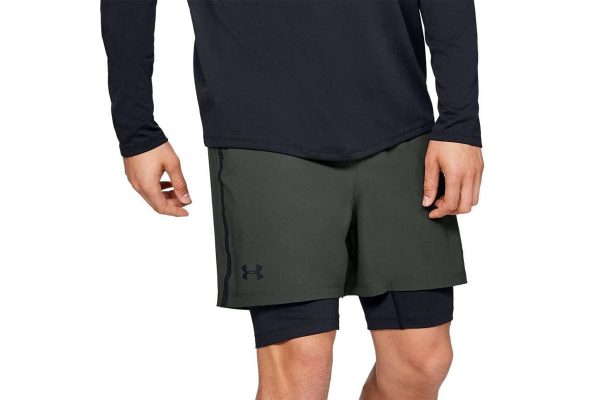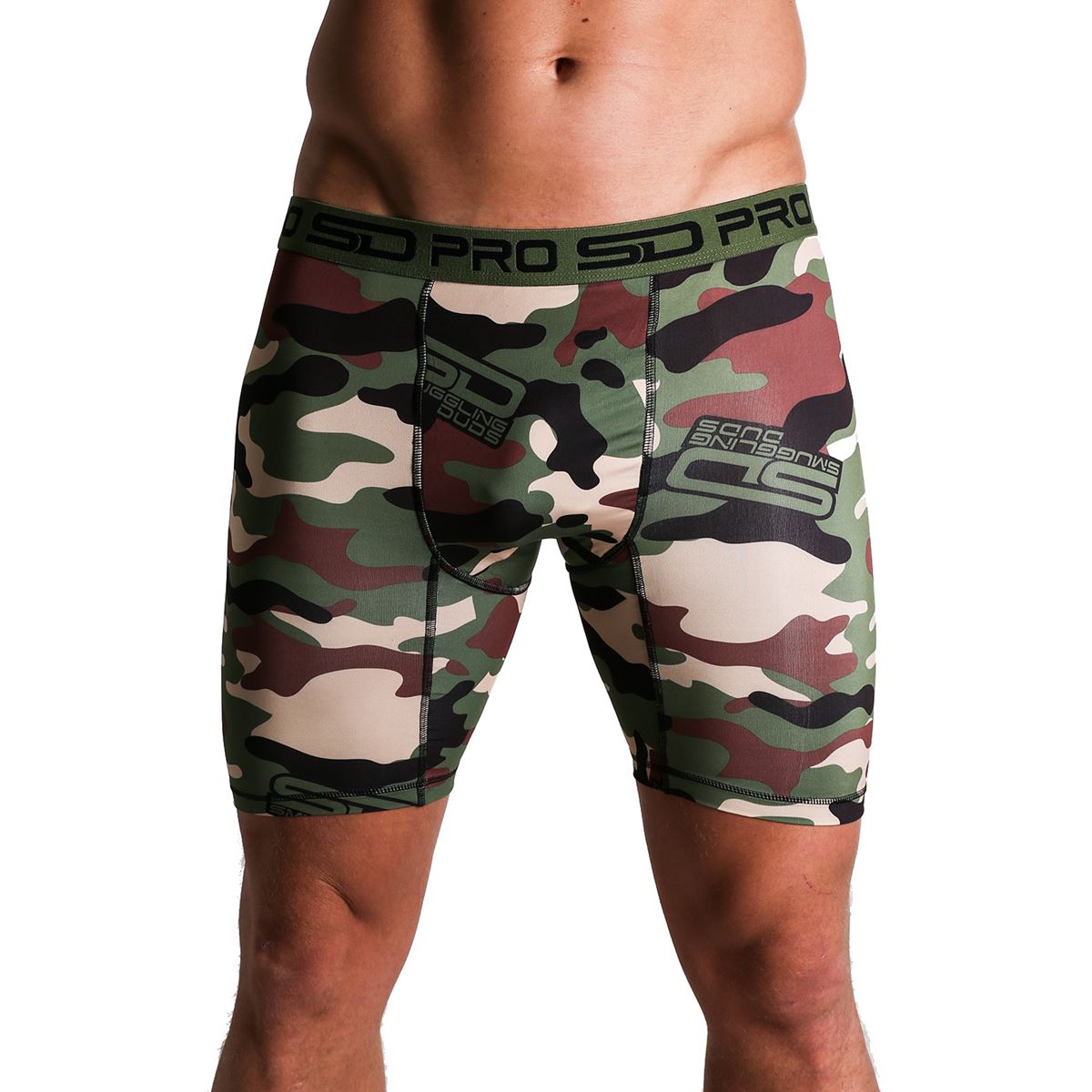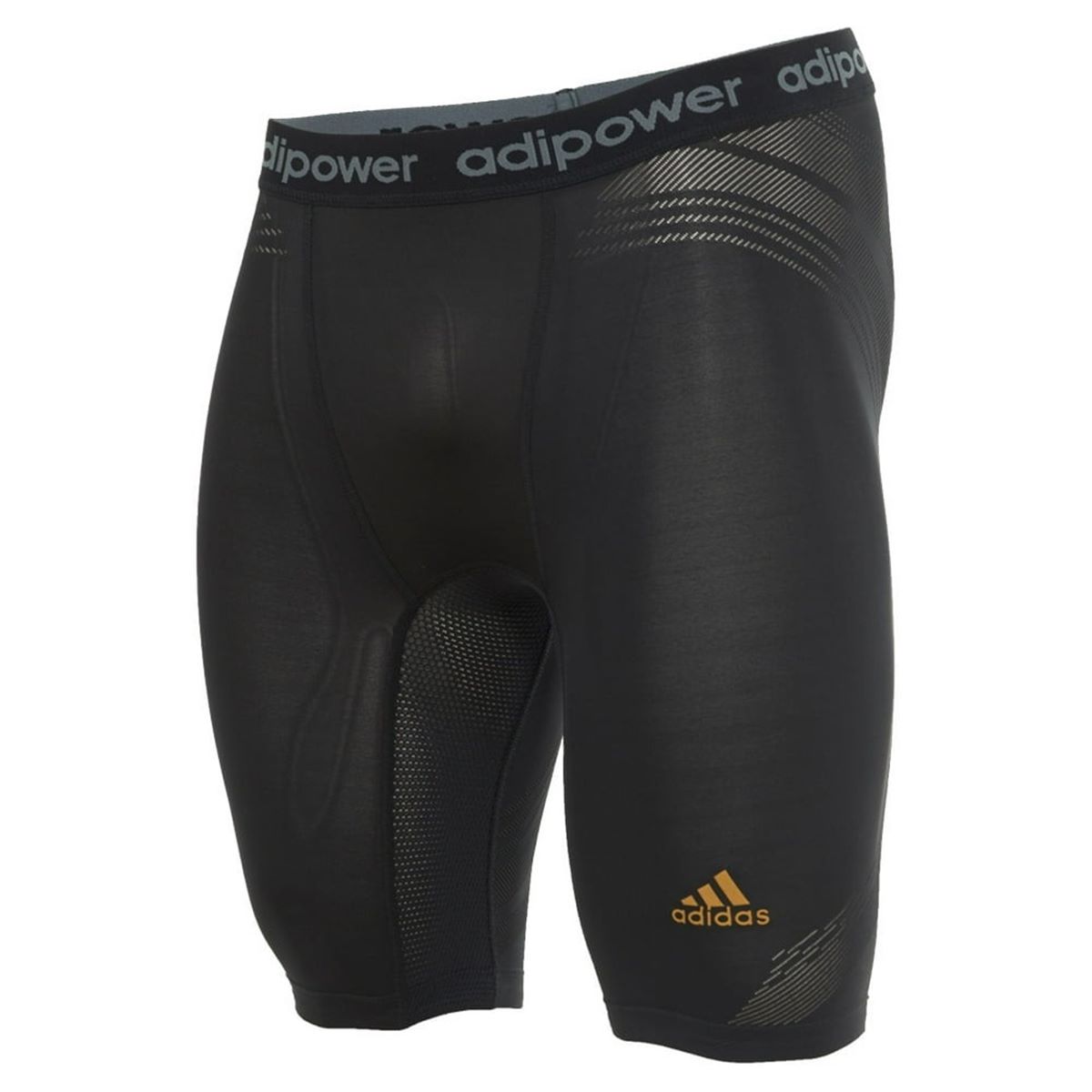Home>Shop by Feature>Design: Best Running Shorts>Understanding the Material Differences in Compression Running Shorts


Design: Best Running Shorts
Understanding the Material Differences in Compression Running Shorts
Modified: January 2, 2024
Gain a comprehensive understanding of the material differences in compression running shorts with this informative guide. Explore the various materials commonly used in compression shorts, such as spandex, nylon, and polyester, and their unique characteristics.
As an ardent runner, nothing fuels your passion more than the exhilaration of the wind rushing past you, each stride a testament to your determination. But behind this beautiful harmony of body and spirit is the unseen, unsung hero — your gear. In this case, we’re focusing on one essential part of your attire: the compression running shorts.
There is an array of choices available, each with different materials that offer varied benefits. In this in-depth guide, we’ll delve into understanding the material differences in compression running shorts and how they can enhance your running experience.
Materials used in Compression Running Shorts
Typically, three types of materials are commonly used in the production of compression running shorts: nylon, polyester, and spandex. Each material comes with its own set of unique properties and benefits.
- Nylon: This synthetic fabric is well-known for its incredible durability and resistance to wear and tear. Moreover, it possesses a quick-drying property that makes it suitable for sweaty exercises like running.
- Polyester: Another synthetic fabric, polyester, offers great strength and durability. It is also resistant to wrinkles, shrinking, and most importantly, it resists moisture, making it a preferred choice for running shorts.
- Spandex: Also known as Lycra or elastane, spandex is celebrated for its excellent elasticity. It’s this feature that provides the ‘compression’ in compression running shorts, providing a snug fit while also allowing full range of motion.
Key Material Differences
Understanding the differences between these materials can greatly influence your decision when selecting the best compression running shorts for your needs.
- Durability and Resistance: Both nylon and polyester score high on durability. They can withstand multiple washing cycles and long, intense runs without losing their shape. However, nylon has a slight edge over polyester when it comes to resistance against abrasion and tearing.
- Moisture Management: Polyester excels in wicking away moisture from the skin, which helps keep you dry during a run. Nylon also offers decent moisture management but doesn’t perform as well as polyester in this regard.
- Fit and Comfort: Spandex stands out for its superior elasticity. It stretches and recovers its shape quickly, allowing compression running shorts to provide a secure, comfortable fit that moves with you. Shorts made with a blend of spandex and other materials often offer the best balance between comfort, fit, and other functional benefits.
Benefits of Different Materials
Each material has its unique benefits that can impact your performance and comfort.
- Nylon-based shorts are great for long-distance runners who need durable gear that can withstand regular use. The quick-drying properties keep you comfortable, even during prolonged sessions.
- Polyester-based shorts are ideal for runners who sweat a lot. The exceptional moisture-wicking properties keep you dry and reduce chafing, thereby enhancing comfort.
- Spandex-based shorts are the go-to for those seeking optimal fit and freedom of movement. The elasticity ensures that the shorts stay in place while accommodating all your movements, making it perfect for high-intensity runs or complex workout routines.
Considerations when Choosing Compression Running Shorts
When selecting your ideal pair of compression running shorts, keep in mind these considerations:
- Purpose: What is the primary purpose of your running? Are you into long-distance running, sprinting, or high-intensity workouts? Your activity will dictate the type of material best suited for your shorts.
- Comfort: This is highly subjective and dependent on personal preference. Some runners prefer the slick feel of nylon, while others might opt for the lightness of polyester.
- Climate: The material should be chosen according to the climate in which you usually run. In hotter climates, polyester’s superior moisture-wicking properties can be beneficial.
- Fit: Lastly, consider the fit you desire. If you’re looking for a more secure, tight fit that moves with your body, lean towards shorts with a high percentage of spandex.
By understanding these material differences, you can make a more informed decision when purchasing your next pair of compression running shorts. The right pair will not only boost your performance but also enhance your comfort and enjoyment of running.
Final Word
In conclusion, your gear plays a significant role in your running journey, and understanding the material differences in compression running shorts can greatly enhance your experience. Whether it’s the durability of nylon, the moisture-wicking prowess of polyester, or the unmatched elasticity of spandex, the choice of material can have a marked impact on your performance and comfort. Happy running!
FAQ
What material is best for compression running shorts?
Depending on your needs, nylon offers durability, polyester excels in moisture-wicking, and spandex provides superior elasticity for a snug fit.
Can compression running shorts improve my performance?
Yes, they can. They help reduce muscle fatigue, improve blood circulation, and speed up recovery time.
Do the materials used in compression running shorts withstand multiple wash cycles?
Yes, especially if they are made of nylon or polyester, both of which are known for their durability and resistance to wear and tear.
What is the advantage of spandex in running shorts?
Spandex provides excellent elasticity, which means it offers a secure, comfortable fit that moves with your body. This is particularly beneficial during high-intensity runs or complex workout routines.
Are these materials safe for sensitive skin?
Generally, yes. However, if you have extremely sensitive skin, you may want to look for shorts that are made from materials that are hypoallergenic. Always check the product description for this information.








